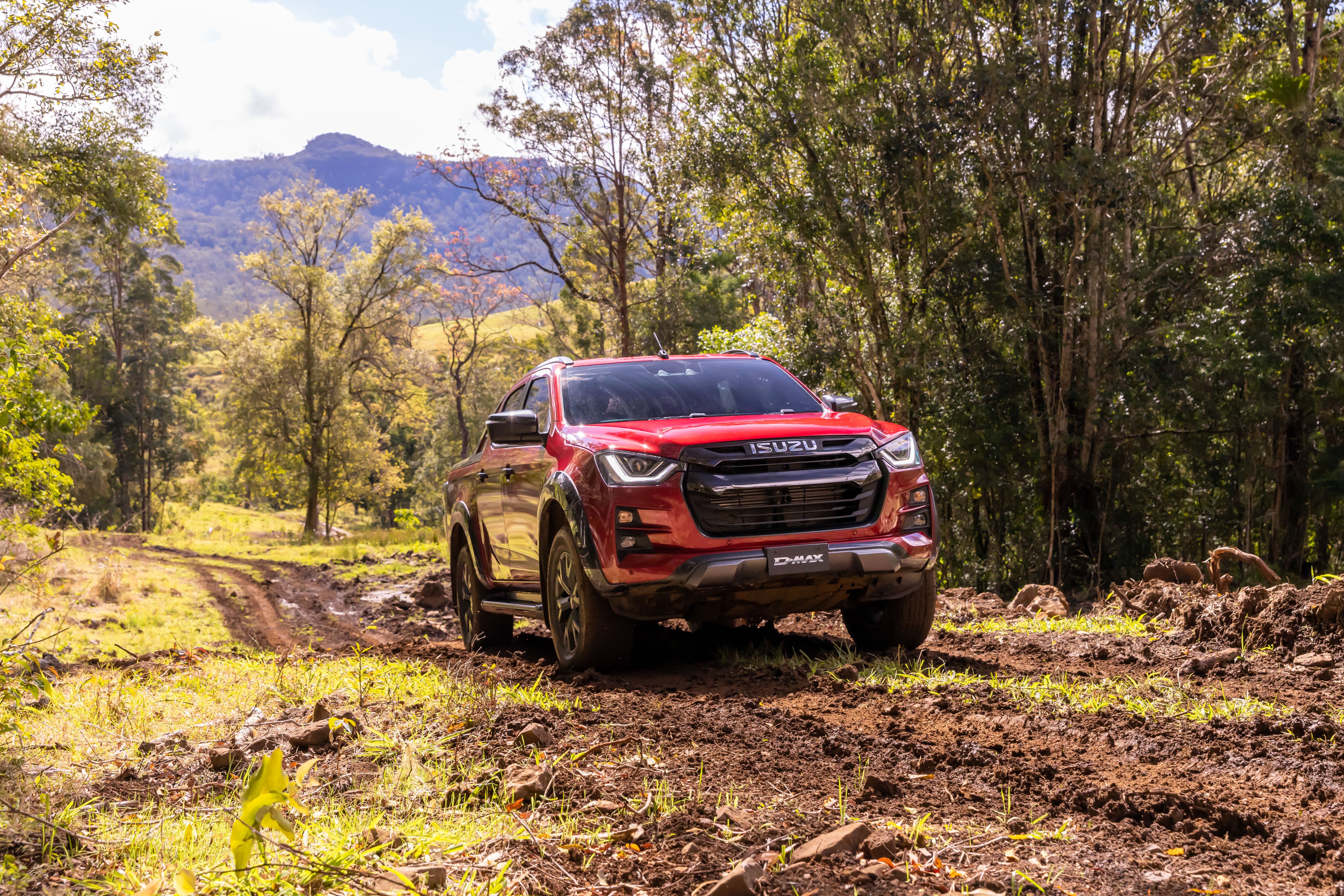Financing a car is nothing new, but it has been on the rise over the past few decades. But, in the past couple of years, prices have been on the rise.
The supply issues that arose during Covid spiked the price of used cars as new ones were unavailable. Today, the issue is mostly economic, as higher interest rates used to combat inflation have made car financing incredibly expensive.

Interest rate hikes and costly debt
The Reserve Bank has been taking any opportunity it can to increase rates, with constant incremental increases since mid-2022s near-zero amount. Today, the rate sits at 4.1%, meaning a 4% increase over 14 months.
It’s not just that 4.10% is a high interest rate, but it’s a vastly different world from when money was almost free. It’s not a surprise that house prices were rising, car financing was normal, and rapidly scaling up tech firms was at its peak.
It may seem like rising cost of car loans is a drawback to rising rates, but it’s not – it’s a feature, not a bug. The intention behind the rate increases is to cool off the speed in which money travels around the economy in a bid to fight inflation. And, it’s working. More expensive car loans are being blamed for pressuring household budgets, which in turn makes them spend less elsewhere. However, the subsequent 7.4% rise in household transport costs also contributes inflation in this sector, meaning those that rely on car financing get a rough deal.
And, it’s not as if the rising cash rate, which is often expected to strengthen one’s own currency, has resulted in imported cars being cheaper. In fact, the Australian dollar has fallen against the Euro, making imported European cars even more expensive, in part because the ECB also raised their rates too.
Will interest rates continue to rise?
The Australian Reserve Bank has been open about their prime motive for increasing the cash rate: To battle inflation. So, it’s possible to get a rough idea over future increases by looking at inflation.
CPI data shows that the peak of inflation may have been and gone, with inflation hitting 7.8% in December 2022, but since falling to 6%. Whilst 6% is still high, and may justify further rises, the RBA recently left the 4.1% rate on hold.
How the rate hikes impact buying a car
Car loan rates are not quite as married to changes in the Reserve Bank cash rate as getting a mortgage. However, there are certainly knock on effects, and finance providers do eventually adjust to their altered risk-return rate from having higher borrowing costs themselves.
If we were to estimate around 3% of increased cash rate (as opposed to 4, because it’s less married) is passed onto the car finance rate, then we can compare an example loan increase from 7% to 10%.
On a 5-year term, monthly repayments, and $40,000 borrowed:
- 7% interest rate equates to $792.05 monthly repayments
- 10% interest rate equates to $849.88.
Whilst this increased amount does add up to a few thousands across the five years, the ~$57 monthly increase doesn’t seem too dramatic. This may still impact demand for some customers, and it may be a bigger issue due to the cost of living crisis, but the percentage increase from $792.05 to $849.88 (~7% increase) is still less than many would think.
This is because rates are already quite high for car financing, unlike say mortgages, which is more closely aligned to the cash rate. For context, a common mortgage rate pre-rate hike was 1.60%, meaning a 25-year $400,000 mortgage was $1,619 monthly repayments. The current average mortgage rate is 5.60%, which is $2,480 per month – around a 40% increase, much more significant than the car financing example (~7% increase).
Perversely, Australian new vehicle sales increased 14.7% in July, and growth is set to continue. Ultimately, financing has gotten more expensive, but it was already expensive. Furthermore, whilst repayments for the loans are higher, the car market itself is in better shape this year, with fewer supply problems.
Business car financing
Whilst it’s already difficult to predict sales figures based on interest rates, finance for business vehicles is a different animal. Here, there are even more factors at play.
There are a broader range of financing options when it comes to business cars; from commercial hire-purchase to secured business loans. One of the most popular is the novated car lease, which is a way for employees to buy a company car under a salary sacrifice in order to pay less income tax. So, whilst repayments may have risen slightly, many employees will still see the scheme as beneficial, even if it’s less so than before.
There are also alternative business car financing options that range from lines of credits, to small business loans and low doc car loans. Generally, these repayments will already be higher than typical vehicle finance options, meaning the amount the monthly repayments are increasing by is an even small percentage, and therefore less influential to overall sales.
Despite this, commercial sales did experience a small decline Y.o.Y in July by -4%. This is likely because, even though the repayments increase isn’t drastic, it’s more pronounced when buying large fleets. Furthermore, with inflation on the horizon and potential future rate hikes, businesses may be taking the long-view. Lastly, the transition to remote working may help explain the move away from car-based benefits, and towards more flexi-hour and remote benefits.




